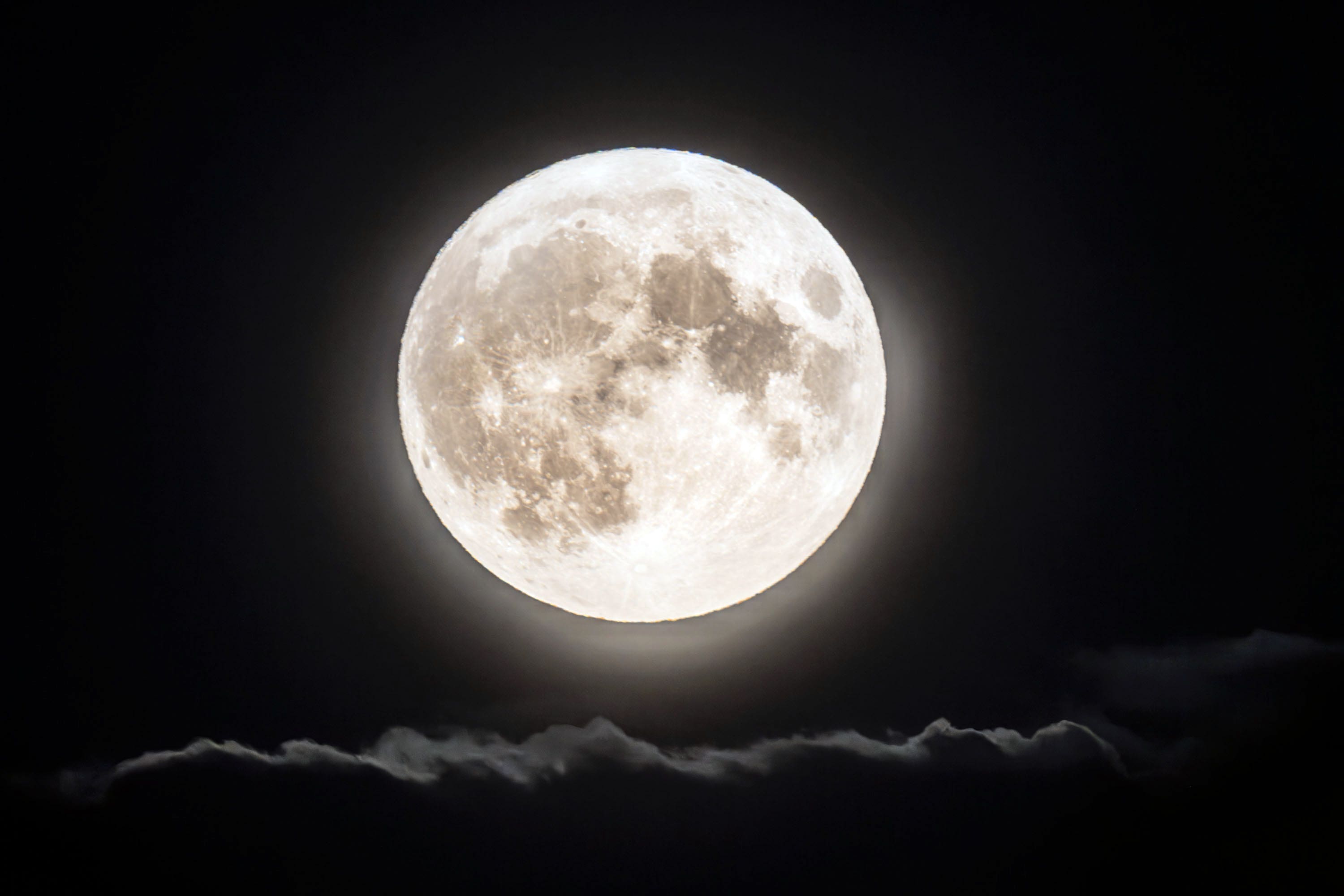‘Crystals brought back by Apollo astronauts indicate true age of the Moon’
The new discovery pushes back the age of the Moon by 40 million years, to at least 4.46 billion years old.

Crystals brought back by Apollo astronauts in 1972 suggest the Moon is 40 million years older than scientists thought, according to new research.
More than four billion years ago a giant object the size of Mars crashed into the Earth, causing a piece to break off of the early Earth and form the Moon.
Exactly when this happened has remained a mystery, but researchers have now used these crystals to pinpoint the time of the satellite’s formation.
Their discovery pushes back the age of the Moon by 40 million years, to at least 4.46 billion years old.
It’s amazing being able to have proof that the rock you’re holding is the oldest bit of the Moon we’ve found so far
Senior author Philipp Heck, a professor at the University of Chicago, USA, and curator in charge of the meteorite and physical geology collections at the Field Museum, said: “These crystals are the oldest known solids that formed after the giant impact.
“And because we know how old these crystals are, they serve as an anchor for the lunar chronology.”
He added: “It’s amazing being able to have proof that the rock you’re holding is the oldest bit of the Moon we’ve found so far.
“It’s an anchor point for so many questions about the Earth. When you know how old something is, you can better understand what has happened to it in its history.”
The lunar dust sample used in the study was brought back by Apollo 17 astronauts in the last crewed mission to the Moon in 1972.
It contains crystals that formed billions of years ago, and researchers say these are a tell-tale sign of when the Moon must have formed.
When Earth was hit by the Mars-sized object, the energy of the impact melted the rock that eventually became the Moon’s surface.
Professor Heck said: “When the surface was molten like that, zircon crystals couldn’t form and survive, so any crystals on the Moon’s surface must have formed after this lunar magma ocean cooled; otherwise, they would have been melted and their chemical signatures would be erased.”
Because the crystals must have formed after the magma ocean cooled, determining their age would reveal the Moon’s minimum possible age.
A previous study by co-author Bidong Zhang suggested this age, but the most recent study marks the first use of an analytical method called atom probe tomography to identify the age of this oldest known lunar crystal.
Professor Heck worked on the study with lead author Jennika Greer when she was a doctoral candidate at the Field Museum and the University of Chicago.
Dr Greer, who is now a research associate at the University of Glasgow, said: “In atom probe tomography, we start by sharpening a piece of the lunar sample into a very sharp tip, using a focused ion beam microscope – almost like a very fancy pencil sharpener.
“Then, we use UV lasers to evaporate atoms from the surface of that tip.
“The atoms travel through a mass spectrometer, and how fast they move tells us how heavy they are, which in turn tells us what they’re made of.”
The analysis revealed that many of the atoms inside the zircon crystals had undergone radioactive decay – a process by which they would have shed some protons and neutrons.
Scientists have established how long it takes this process to occur, and, by looking at the proportion of different uranium and lead atoms (called isotopes) present in a sample, they can tell how old it is.
The proportion of lead isotopes the researchers found indicated the sample was about 4.46 billion years old, and therefore the Moon has to be at least that old.
– The findings are published in the journal Geochemical Perspectives Letters.
Subscribe to Independent Premium to bookmark this article
Want to bookmark your favourite articles and stories to read or reference later? Start your Independent Premium subscription today.
